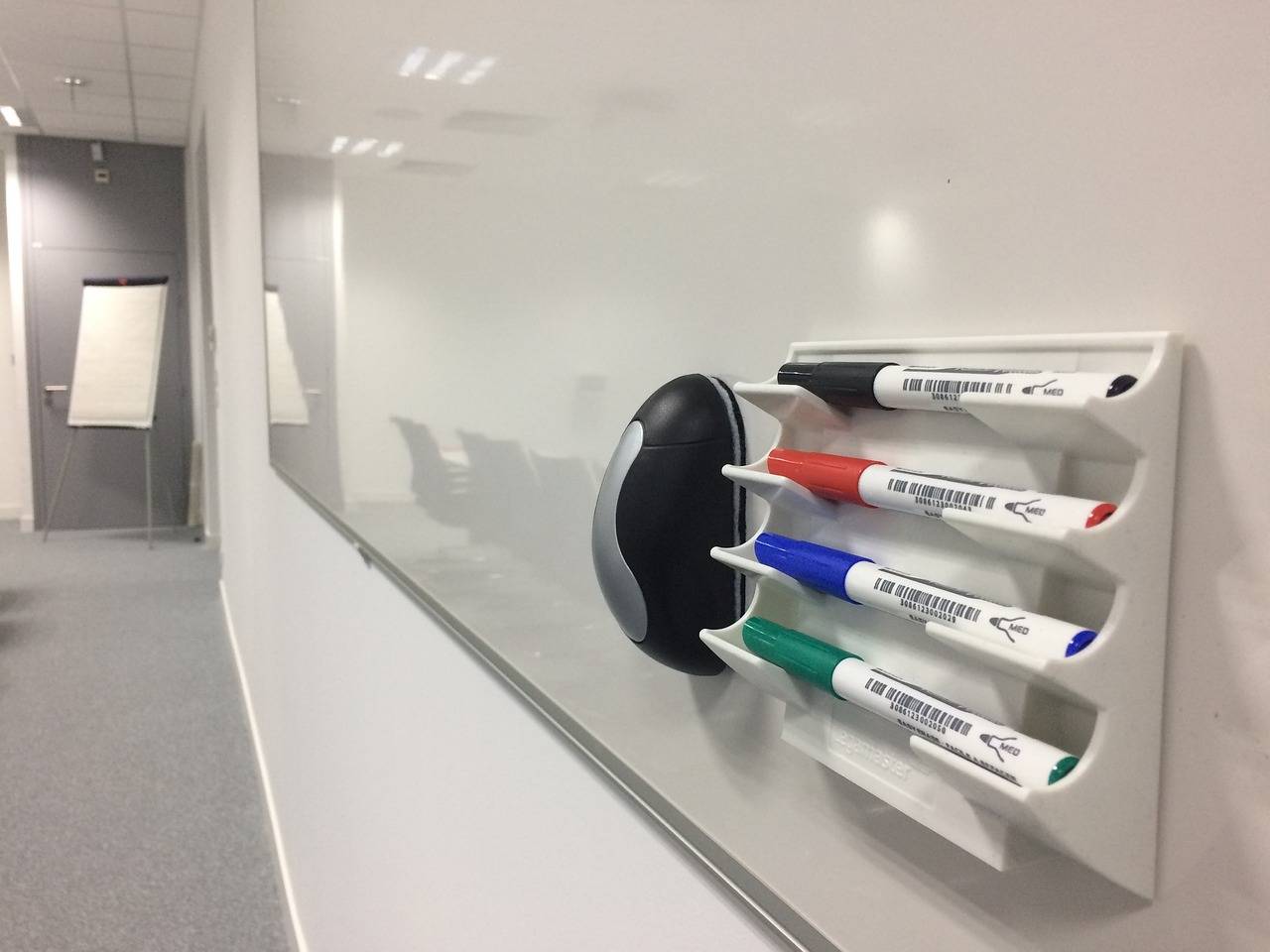The Role of Community Partnerships in Education Reform
One significant challenge in the education system is the lack of resources available to schools and educators. Many schools struggle with limited funding, which can impact the quality of education provided to students. This can lead to overcrowded classrooms, outdated materials, and a lack of extracurricular opportunities for students. Additionally, the pressure to meet standardized testing requirements can hinder educators’ ability to provide a well-rounded education that caters to the diverse needs of students.
Another challenge facing the education system is the issue of inequity and access. Students from marginalized communities often face barriers to receiving a quality education, including inadequate school facilities, limited support services, and disparities in educational resources. This can perpetuate a cycle of inequality, where students from disadvantaged backgrounds are at a disadvantage compared to their peers from more privileged backgrounds. Addressing these inequities is crucial in ensuring that all students have equal opportunities to succeed in the education system.
Benefits of Collaboration with Community Partners
One of the key advantages of collaborating with community partners in the education sector is the opportunity to facilitate more holistic learning experiences for students. By engaging with local organizations, schools can offer practical, hands-on learning opportunities that extend beyond the classroom setting. This not only enhances students’ understanding of real-world applications but also fosters a deeper sense of connection with their community.
Moreover, collaborating with community partners allows educational institutions to leverage a wider range of expertise and resources. By tapping into the knowledge and skills of professionals and organizations in the community, schools can enrich their curriculum and provide students with access to diverse perspectives and experiences. This collaborative approach not only enriches the learning environment but also helps students develop a broader skill set that prepares them for success in the future.
Examples of Successful Partnerships
One notable example of a successful partnership in education is the collaboration between a local school district and a community health organization. Through this partnership, the school was able to provide on-site healthcare services to students, ensuring timely access to medical care and promoting overall well-being. This initiative had a positive impact on students’ attendance, academic performance, and overall health outcomes.
Another successful partnership is the joint effort between a university and a technology company to enhance classroom learning through the use of innovative educational tools and digital platforms. By working together, they were able to tailor educational resources to meet the specific needs of students, enabling more personalized and effective learning experiences. This collaboration not only improved student engagement and achievement but also fostered a culture of innovation and continuous improvement within the educational institution.





